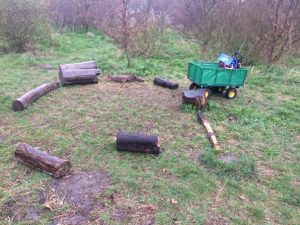 Hi! My name is Martina Curtin and I am the lead for deafness in the trust. I started in November 2018 and have been working with babies and young deaf children in the borough as well as supporting other therapists who have deaf children and young adults on their caseload. I use spoken English or British Sign Language (BSL) in my therapy sessions, whichever language works best for the child. I have BSL level 3 and hope to do level 6 very soon!
Hi! My name is Martina Curtin and I am the lead for deafness in the trust. I started in November 2018 and have been working with babies and young deaf children in the borough as well as supporting other therapists who have deaf children and young adults on their caseload. I use spoken English or British Sign Language (BSL) in my therapy sessions, whichever language works best for the child. I have BSL level 3 and hope to do level 6 very soon!
‘In May we have seen two very important weeks: deaf awareness week (6th – 12th May) and mental health awareness (13th – 19th May)’.These are two very important initiatives and probably more closely linked than you think. There is a higher prevalence of mental health difficulties in the deaf population (Pertz et al., 2018), with 40% of deaf children experiencing mental health problems compared to 25% of hearing children (DH, 2005).
As a speech and language therapist I am incredibly passionate about communication. Like many of my colleagues in Hackney, I support parents and carers to boost the quality and quantity of their interactions with their children, helping them to expose their children to lots of language throughout the day. If not addressed, poor interaction between parent and child, and reduced exposure to language in general, can lead to lifelong difficulties in communication and cognition (Morgan, 2015; Hall et al., 2017). We want our deaf children in Hackney to be confident and competent communicators and we understand the value of working with parents to achieve this. In Hackney, we are very lucky to work alongside a fabulous Teacher of the Deaf team who also value the importance of empowering parents to be skilled communicators, whether that be in Spoken English and/or BSL.
So what can you do? Well, negative experiences of communicating with people who are unfamiliar with deafness can lead to feelings of loneliness, isolation, and frustration in deaf children and young people (NDCS, 2015; Theunissen et al., 2014). So why not check out this video I was involved in making with BBC journalist Hannah Gelbart for some helpful tips on how to communicate with deaf children: https://www.bbc.co.uk/news/av/uk-40794990/some-people-are-shocked-when-i-say-i-have-a-magnet-in-my-head Information on where to learn BSL can be found here: https://www.signature.org.uk/?gclid=EAIaIQobChMI3Mq4yqCi4gIVmLPtCh2eVAH5EAAYASAAEgLnbvD_BwE
See you around!
@martina_SLT
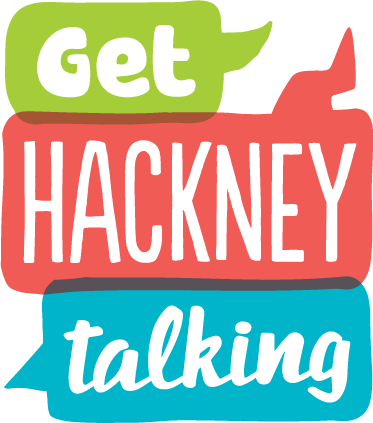

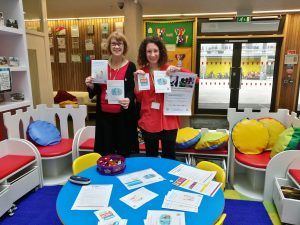

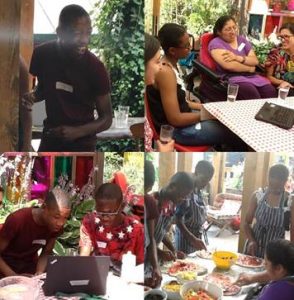

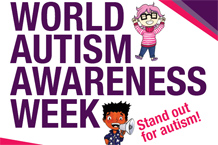
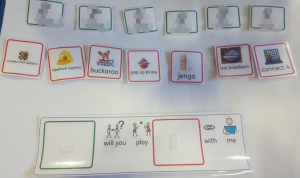 One of the speech therapists at the Garden School has been facilitating a Games Group. This group teaches students how to ask their peers to join in games with them. The visual supports allow the students to independently verbally ask peers to play with them and then guide the students so they know how to play the game appropriately e.g. taking turns and waiting. The children are learning a new skill, whilst enjoying fun games!
One of the speech therapists at the Garden School has been facilitating a Games Group. This group teaches students how to ask their peers to join in games with them. The visual supports allow the students to independently verbally ask peers to play with them and then guide the students so they know how to play the game appropriately e.g. taking turns and waiting. The children are learning a new skill, whilst enjoying fun games!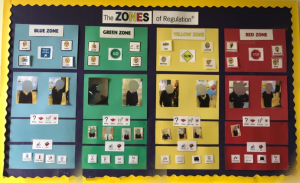 Children at Shoreditch Park ARP have been learning about emotions. They are learning to recognise how they and other people are feeling and they are learning how to sort those feelings into different ‘zones’. We have been practising using a range of tools to help us feel calm and happy and ready to learn. This is their classroom display which they refer to throughout the day.
Children at Shoreditch Park ARP have been learning about emotions. They are learning to recognise how they and other people are feeling and they are learning how to sort those feelings into different ‘zones’. We have been practising using a range of tools to help us feel calm and happy and ready to learn. This is their classroom display which they refer to throughout the day.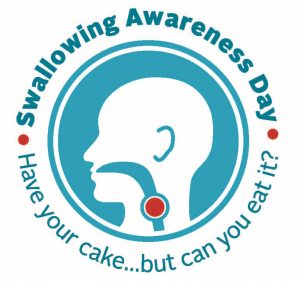 Like breathing, swallowing is essential to everyday life. Humans swallow at least 900 times a day, around three times an hour during sleep, once per minute while awake and even more during meals. Swallowing problems can occur at any stage of life and one in 17 people will experience some form of dysphagia in their life. Dysphagia is the medical term for swallowing and can include any problem with sucking, swallowing, drinking, chewing, eating, controlling saliva, taking medication, or protecting the lungs from food and drink ‘going the wrong way’.
Like breathing, swallowing is essential to everyday life. Humans swallow at least 900 times a day, around three times an hour during sleep, once per minute while awake and even more during meals. Swallowing problems can occur at any stage of life and one in 17 people will experience some form of dysphagia in their life. Dysphagia is the medical term for swallowing and can include any problem with sucking, swallowing, drinking, chewing, eating, controlling saliva, taking medication, or protecting the lungs from food and drink ‘going the wrong way’.
 The 22nd October is International Stammering Awareness Day. In Hackney we are marking this with our new stammering poster, designed to raise awareness and referrals to support children and young people who stammer. Click
The 22nd October is International Stammering Awareness Day. In Hackney we are marking this with our new stammering poster, designed to raise awareness and referrals to support children and young people who stammer. Click 